Erie Lackawanna 3372
The last of the first of its kind, and she will run again.
URHS is proud to announce that it has begun a full restoration of Erie Lackawanna U34CH No. 3372, in partnership with FMW Solutions. URHS begins fundraising today with a $10,000 matching grant from the Tri-State Railway Historical Society. Donate today and your donation will be doubled. With your help, we WILL hear 3372 roar back to life.
EL 3372 is a uniquely-Jersey locomotive. It was designed and built specifically for the thousands of New Jersey commuters who would ride behind it. It, along with its “Dieseliner” coaches, were the basis upon which all NJ commuter trains were built afterwards. In the days since its retirement almost 30 years ago it has sat, falling victim to the weather and vandalism, waiting for its moment. With the help of our partners FMW Solutions and Tri-State Railway Historical Society, its moment is right now.
We’re Bringing in the Pros
During the summer of 2022, URHS enlisted the expertise of FMW Solutions to perform a full mechanical evaluation of the locomotive, with an eye towards making it operable again. That inspection resulted in several key findings: 1. The prime mover shows signs of wear from its in-service career, but is in very good shape, 2. The main components show nothing that would rule out operation, and 3. There is extensive damage to portions of the wiring due to vandalism and weather, which can be repaired. Bottom line: 3372 WILL run again.
The Game Plan
Phase 1A: Prime Mover Restoration
Starting from the essential components and working outward, the URHS will begin the project by proving 3372’s FDL16 prime mover is still operable. This will happen concurrently with Phase 1B
Phase 1B: Cosmetic Restoration
URHS volunteers will pursue the goal of having 3372 in its original paint by September of 2023, so that it can take part in the celebration of NJ Transit Rail Operations’ 40th Anniversary.
Phase 2: Operational Restoration (Freight Mode)
This phase, which will we be the most costly, will result with 3372 be able to run under its own power. This will include the acquisition and installation of 6 new traction motors, along with high and low voltage wiring repairs.
Phase 3: Operational Overhaul (FRA Compliant)
To operate outside of the URHS Restoration Facility, 3372 will undergo heavy repairs to its electrical and air systems to allow it to operate up to FRA standards at track speed.
Phase 4: Head-End Power Restoration
In the final phase of this project, the 480-volt HEP system will be returned to operation, allowing 3372 to operate as-designed: at full-throttle with the shaft-driven electrical generator engaged.
The U34CH’s Lasting Legacy
In the early 1970s, New Jersey, along with the rest of the country, was feeling the winds of change. But in the railroad business, companies had hit a historic low point. The newly formed Erie Lackawanna, only a few years old, was headed for bankruptcy. With no cash to invest in new trains, passenger service was a last priority. As America entered the disco era, NJ commuters were still riding in trains from the prohibition era.
Enter the State of New Jersey. With commuter demand still high, the state funded the construction of a fleet of new “Dieseliner” coaches, and a locomotive designed especially to haul them: the General Electric U34CH. For passengers who boarded these trains for the first time, the difference was night and day. Until then, climate control meant open windows or steam radiators. Now passengers enjoyed air conditioning and electric heat. Old rattan seats became plush vinyl benches. Drab green riveted car bodies were traded for a sleek, seamless, brushed aluminum. They were state of the art.
At the head of these trains were the massive U34CH diesels. With a 3600-horsepower prime mover driving a built-in “head end power” generator, their design was the first of its kind. They became a part of the fabric of New Jersey, moving tens of thousands of commuters every day. In the decades that followed, even after their retirement, every NJ Transit commuter train followed the basic design principles set by the U34CH.
HOW YOU CAN HELP
Donate
3372 will not run again without the dedicated support of our donors, partners, and volunteers. Tri-State Railway Historical Society is pledging to match the first $10,000 in donations made to this project! You can donate today and having your contribution doubled.
Volunteer
A large part of the work to be done on 3372 can and will be done by volunteers! If you are interested in joining our team at our Boonton Yard Restoration Facility, contact us on our website.







